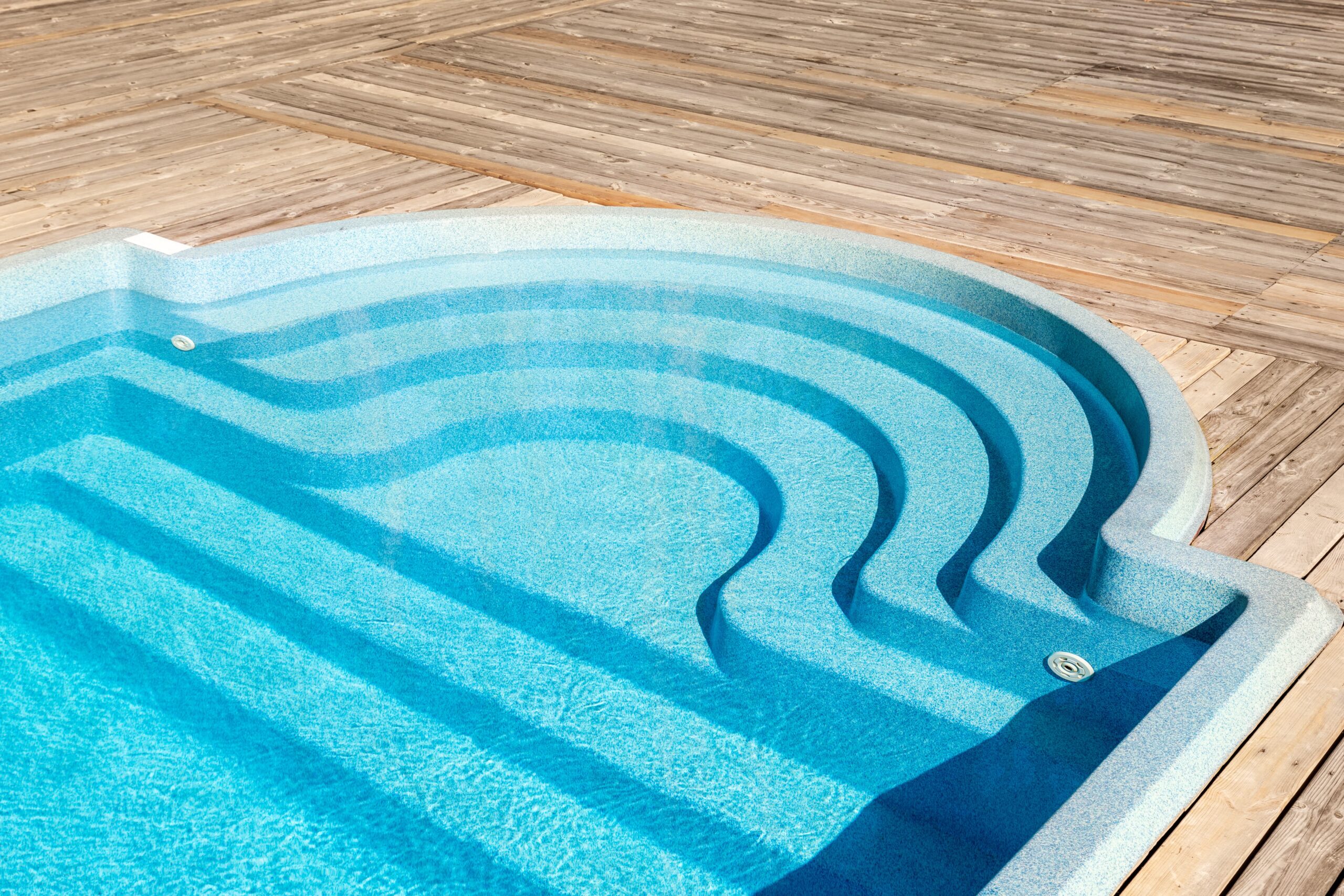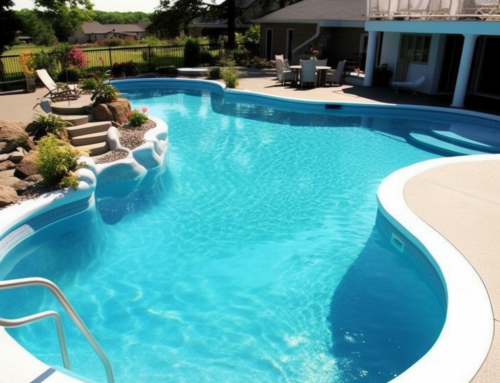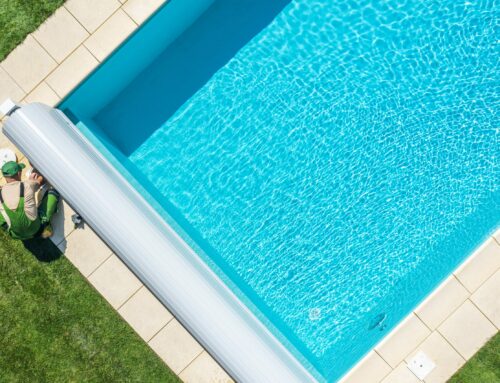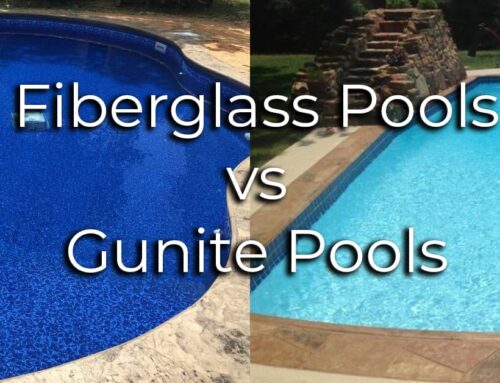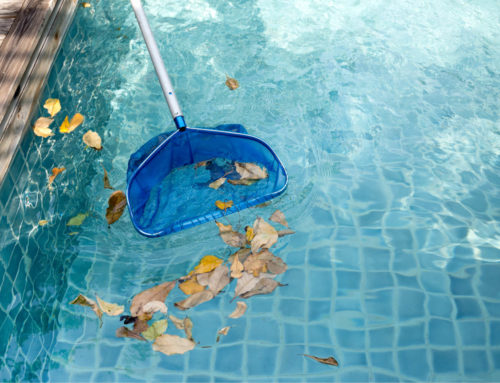Fiberglass pools are becoming increasingly popular among homeowners due to their low maintenance and easy installation.
But do fiberglass pools need to be resurfaced?
This article will explore the reasons why one may need to consider having a pool resurfaced, as well as some of the benefits of doing so.
With this information in hand, you can make an informed decision about whether or not it’s necessary to have your fiberglass pool resurfaced.
What Is Fiberglass Pool Resurfacing?
Fiberglass pool resurfacing is a process that involves replacing the existing coating of a fiberglass swimming pool with a new one. This can be done for aesthetic reasons or to repair damage caused by wear and tear, such as cracks and holes.
There are several different coating options available for homeowners looking to give their pools an updated look, including paint, ceramic tiles, mosaics and more. It’s important to do some research before choosing which option is best suited for your needs.
When resurfacing a fiberglass pool, it’s also important to consider maintenance tips and repair techniques in order to keep it in top condition over time. Depending on where you live, the environment may play an important role when selecting the type of material used for resurfacing.
DIY methods are available for those who want to save money but aren’t necessarily experienced in this area; however, these projects should only be undertaken by someone who knows what they’re doing. Taking environmental factors into consideration will help ensure that your project goes as smoothly as possible while keeping safety at the forefront.
Signs That Your Fiberglass Pool Needs To Be Resurfaced
Fiberglass pool resurfacing is an important step in maintaining the beauty and condition of your swimming pool. While it’s often easy to tell when a fiberglass pool needs to be resurfaced, there are certain signs that can help you determine if it’s time for a makeover:
- Fading Colors: Over time, the colors of your fiberglass pool may start to fade or become duller than before. This could indicate a need for resurfacing.
- Surface Texture: If the surface of your pool feels rough or bumpy, this could also mean that it needs to be resurfaced. It’s likely due to wear and tear over time, as well as exposure to extreme weather conditions like sun and rain.
- Pool Shape: Another sign that your fiberglass pool might need resurfacing is if its shape has changed significantly since installation. If cracks have developed or repairs are needed, then it’s likely time for some work on the structure of the pool.
If any of these issues arise with your fiberglass pool, consider getting it professionally inspected by an expert who specializes in maintenance and repair services. They’ll be able to advise you on what kind of action should be taken – whether that means rolling out a new coat of paint or completely redoing the entire surface area.
Taking care of these problems now will ensure greater longevity for your investment in the future.
Cost Of Fiberglass Pool Resurfacing
While fiberglass pools require less maintenance than traditional concrete pools, they still need to be resurfaced periodically to maintain their structural integrity and prevent issues such as color fading and texture problems.
If you’re considering a fiberglass pool resurfacing project, it’s important to factor in the associated costs.
On average, pool resurfacing costs $6,500 for a pool measuring 1,000 square feet.
Although resurfacing is generally less expensive than installing a new inground pool, it is still an investment that can help keep your existing pool in great condition while reducing long-term maintenance costs.
Ultimately, investing in a fiberglass pool resurfacing project is well worth it for anyone who wants to enjoy their outdoor space without worrying about potential damage due to wear and tear over time.
Fiberglass Pool Resurfacing Options
Fiberglass pools are a popular choice among homeowners, due to their durability and low maintenance requirements. However, even fiberglass pools may need to be resurfaced over time in order to preserve the quality of the surface and protect it from corrosion. Resurfacing can also provide aesthetic effects and improved longevity benefits for your pool.
Here are some tips for resurfacing or remodel your fiberglass pool:
- Sealing techniques – To protect against water damage or erosion, consider using sealing techniques such as epoxy sealants on your fiberglass pool. This will help prevent any potential deterioration over time.
- Corrosion protection – If you’re concerned about corrosion, try using a primer coat before applying a topcoat of paint or other material to protect against further damage.
- Maintenance tips – It’s important to remember that regular maintenance is essential when it comes to keeping your fiberglass pool in good condition. Inspecting the surfaces of the pool regularly can help identify any problems early on so they can be addressed quickly before becoming more serious issues down the line.
By following these simple steps, you’ll be able to keep your fiberglass pool looking great while enjoying all its longevity benefits for years to come!
Conclusion
As we wrap up, let’s revisit the question at hand: do fiberglass pools require resurfacing? The answer remains a resounding yes.
If you’re observing signs of wear and tear or if it’s been over a decade since your last resurfacing job, it’s time to consider investing in one.
Although it may come with a high price tag, resurfacing your fiberglass pool is well worth it as it enhances its durability and aesthetic appeal.
Delaying this essential project could result in greater expenses in the long run, so don’t wait any longer – take action now to ensure years of enjoyment from your pool.


